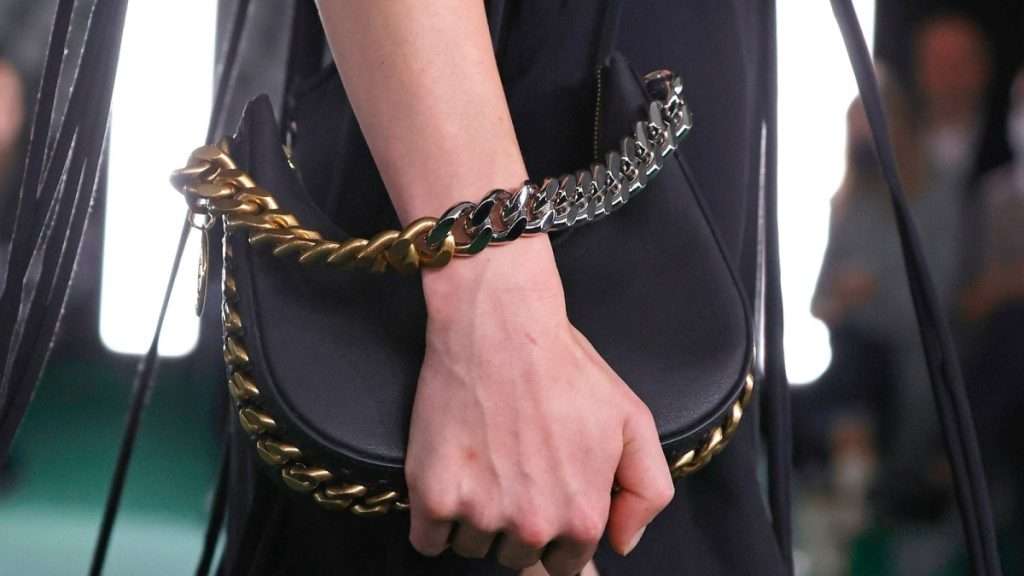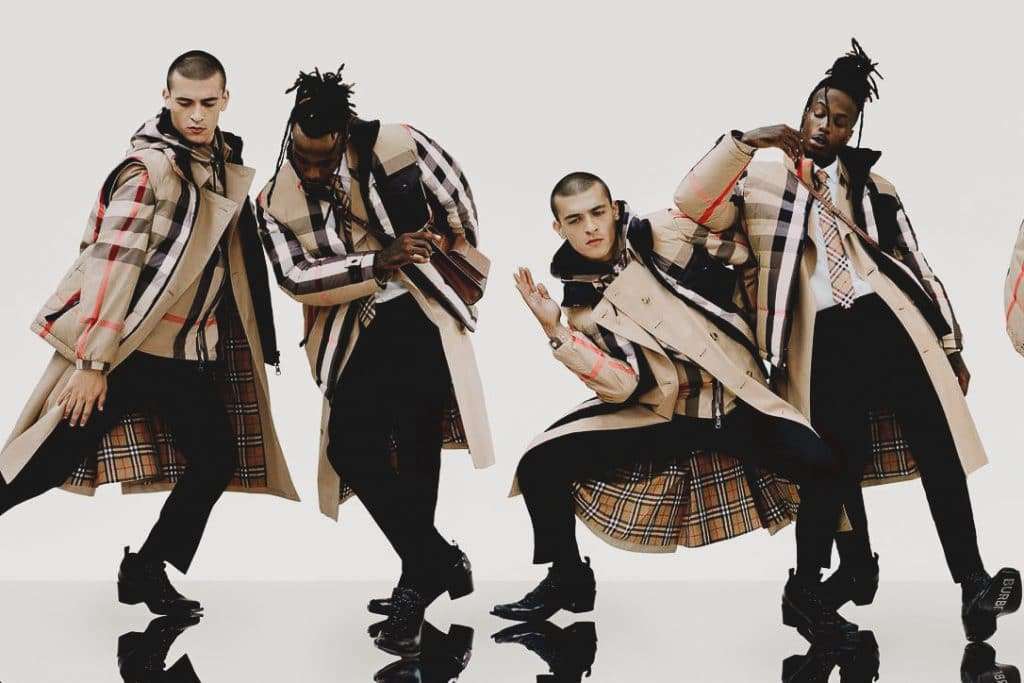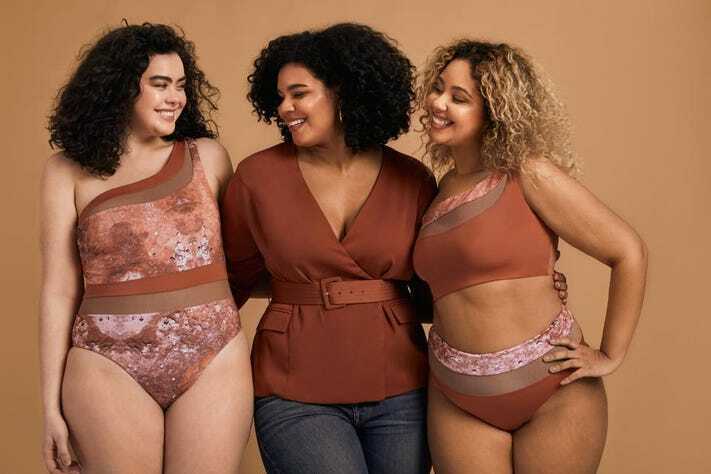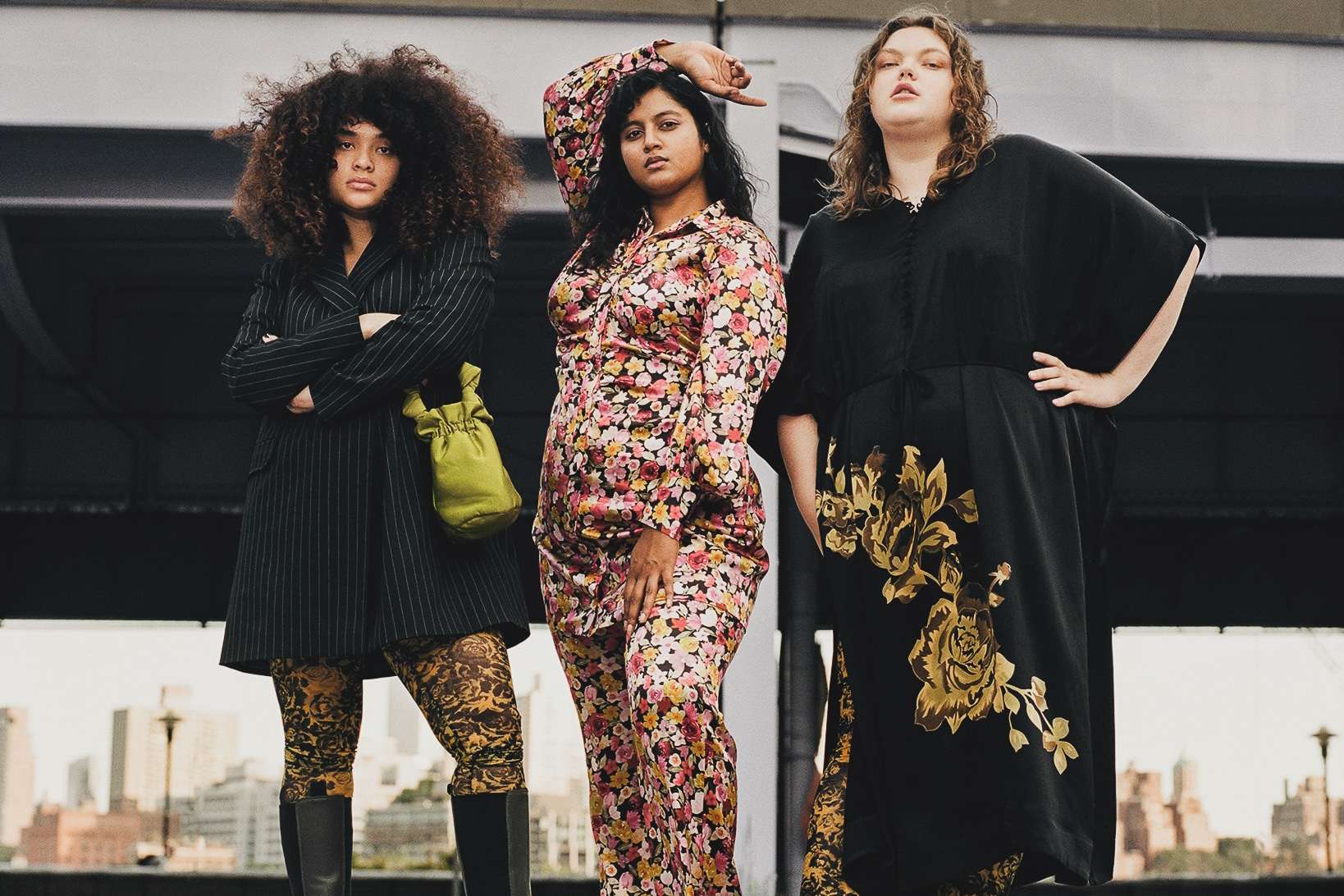Closets will be filling up with secondhand clothes instead of new items, Leather is out, and leading luxury fashion brands will be walking the talk with inclusivity, transparency, B-Corp status, and more sustainable fashion trends in 2022.
Sustainability in the fashion industry is a hot topic. In recent years it has come to light that the fashion industry as a whole is responsible for 10 percent of the annual global carbon emissions; nearly 20 percent of the wastewater worldwide comes from fabric dyeing and treatments. Consumers have begun demanding better from the industry and brands are finally making big changes.
There is still quite a way to go, but as we head into 2022 we look ahead to see what changes are coming to make the fashion industry more sustainable. These are the biggest trends coming to sustainable fashion in the new year.
1. Out with Leather
With sustainable options including cactus, pineapple, apple, and grape taking the fashion world by storm it points to the inevitable demise of animal-based leather. Impacts from the leather industry such as high greenhouse gas emissions, deforestation, and pollution from the toxic chemicals are leaving consumers looking for better alternatives. Plant-based leather options have come a long way in their appearance and durability. High-end brands are jumping on the train, too. Earlier this year Ganni announced it would be replacing all its animal-leather with alternatives, such as grape leather, and Louis Vuitton recently released a leather-free version of its popular Charlie Sneaker.

2. The Rise of Mushrooms
Speaking of leather alternatives, one of the most promising and popular replacements is mushroom. From Stella McCartney and Hermès both launching mushroom leather bags to mushroom product packaging, it may just be the hottest material in the fashion world. Most recently, Calvin Klein and Tommy Hilfiger joined sustainable coalition Ecovative whose main focus is innovations with mycelium and mushroom leather.
3. B-Corp and Beyond
In a progressive move, luxury fashion house Chloé was the first designer brand to achieve the coveted B-Corp status. The news came as a bit of a surprise to the fashion world as the sustainability team at Chloé worked diligently behind the scenes to achieve this stamp of sustainability approval. Khloe Kardashian’s Good American also reached B-Corp status this year leaving many questioning which brand is next. Third-party certifications are becoming more important to consumers who want detailed transparency about the brands they are supporting.

4. The Downfall of Greenwashing
Consumers have had it with greenwashing. With the rise of sustainable shopping, brands have begun touting fake initiatives or spreading false sustainability claims to win over consumers and their dollars, but consumers are starting to see right through it. Transparent, honest sustainable marketing is going to be crucial moving forward, another reason brands are demanding third-party certifications. This is already happening as brands like Louis Vuitton have added sustainability labeling, and others, like Burberry, earn top recognition for their sustainability commitments.
5. Product Passports
Furthering the theme of transparency, product passports are the next big step. Brands are using new (and old) technologies to store, track, and share information about products. Through things like QR codes, consumers can scan the product tag and instantly learn about who made the item, where it was made, what materials it was made from, and so forth. These codes tell the entire story of the garment in the consumer’s hand. Additionally, it helps in the booming secondhand market as this code can verify authenticity and previous owners.

6. Inclusivity
From the models walking the runways to the clothing size options, it is time there is full representation. We need clothing that speaks to all consumers, no matter their size, and we are finally starting to see that in the sustainable fashion world. Additionally, brands are focusing on adaptive clothing for those who need certain adjustments to use fashion to express themselves. Consumers want to wear clothing that makes them feel themselves and takes their bodies into consideration.
7. Secondhand Shopping
The secondhand market is already booming, but it is still poised to grow more in the coming year. With the rise in this industry brands are now jumping on board both with launching their own resale platforms and by designing products for longevity and with resale value in mind. Brands like Prada and Burberry are jumping on the trend with the development of in-house and third-party secondhand initiatives.


